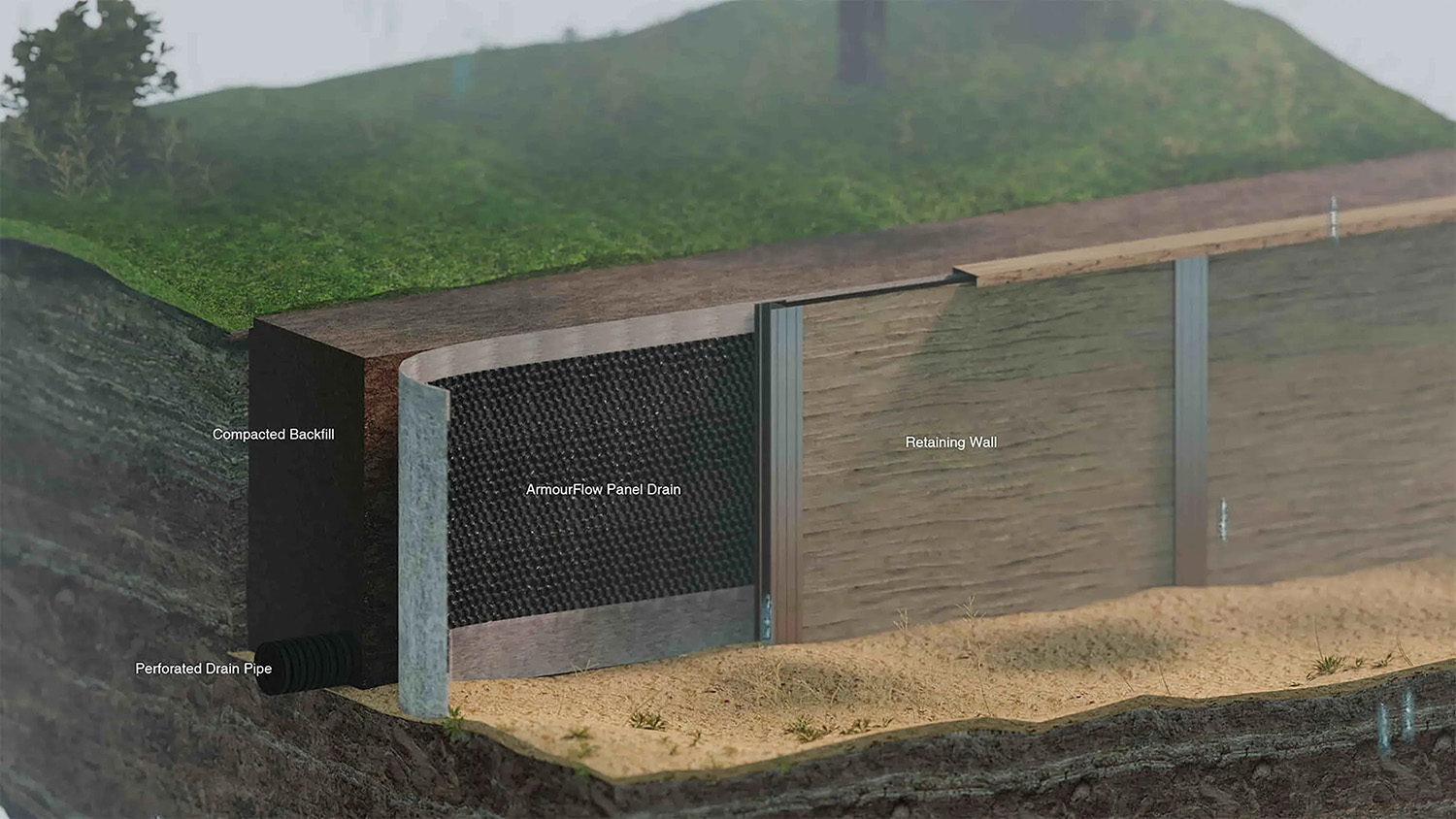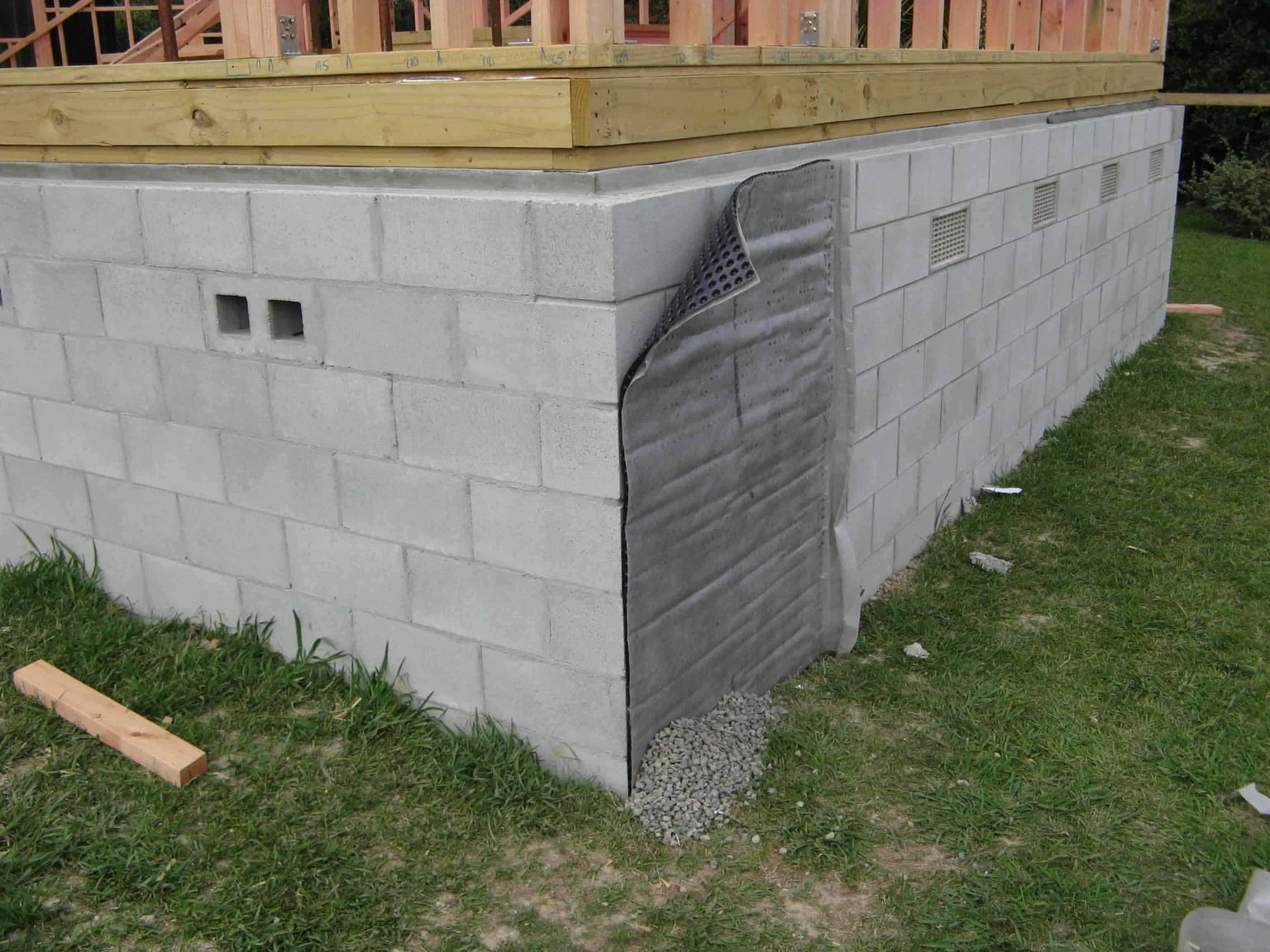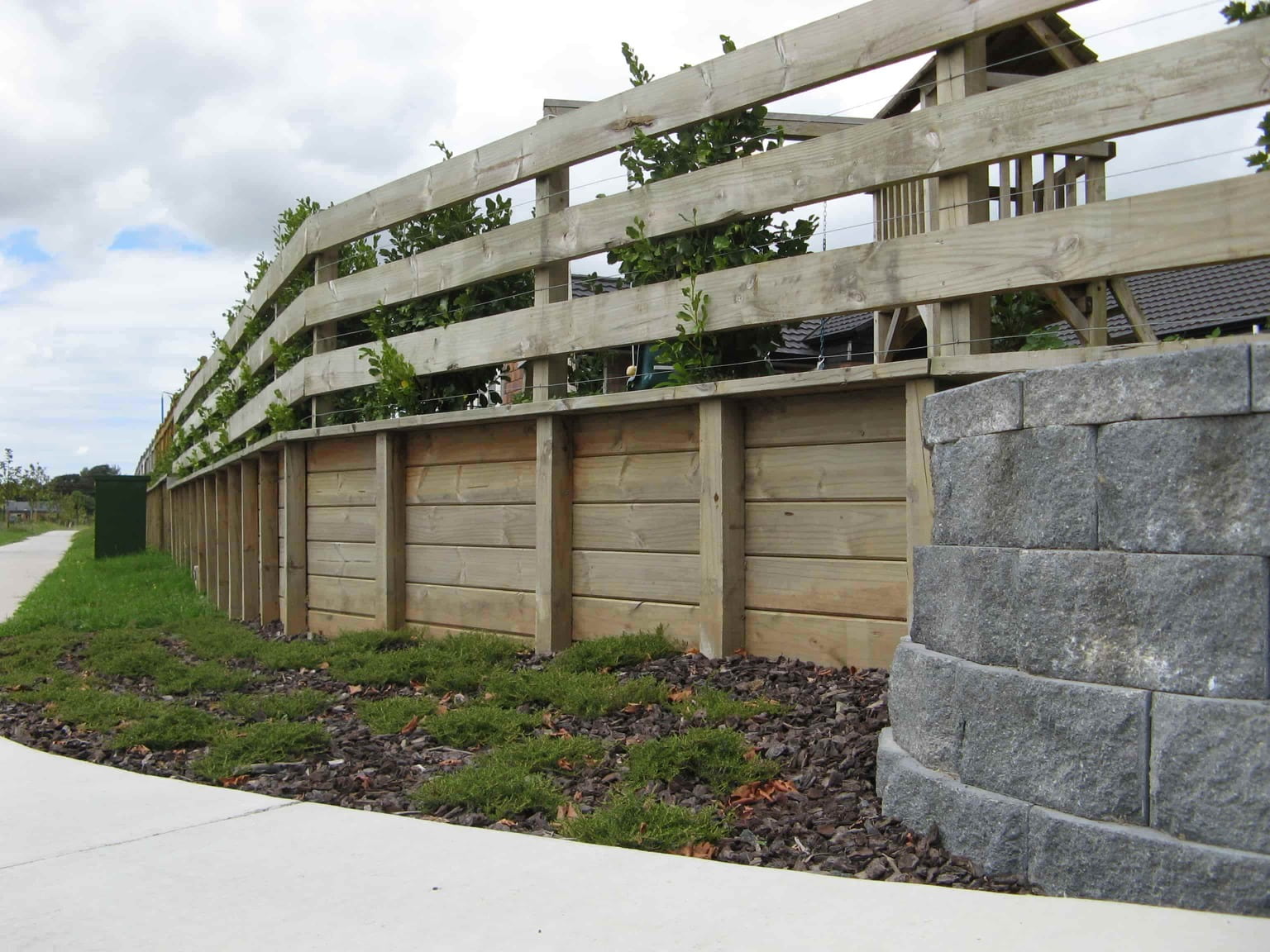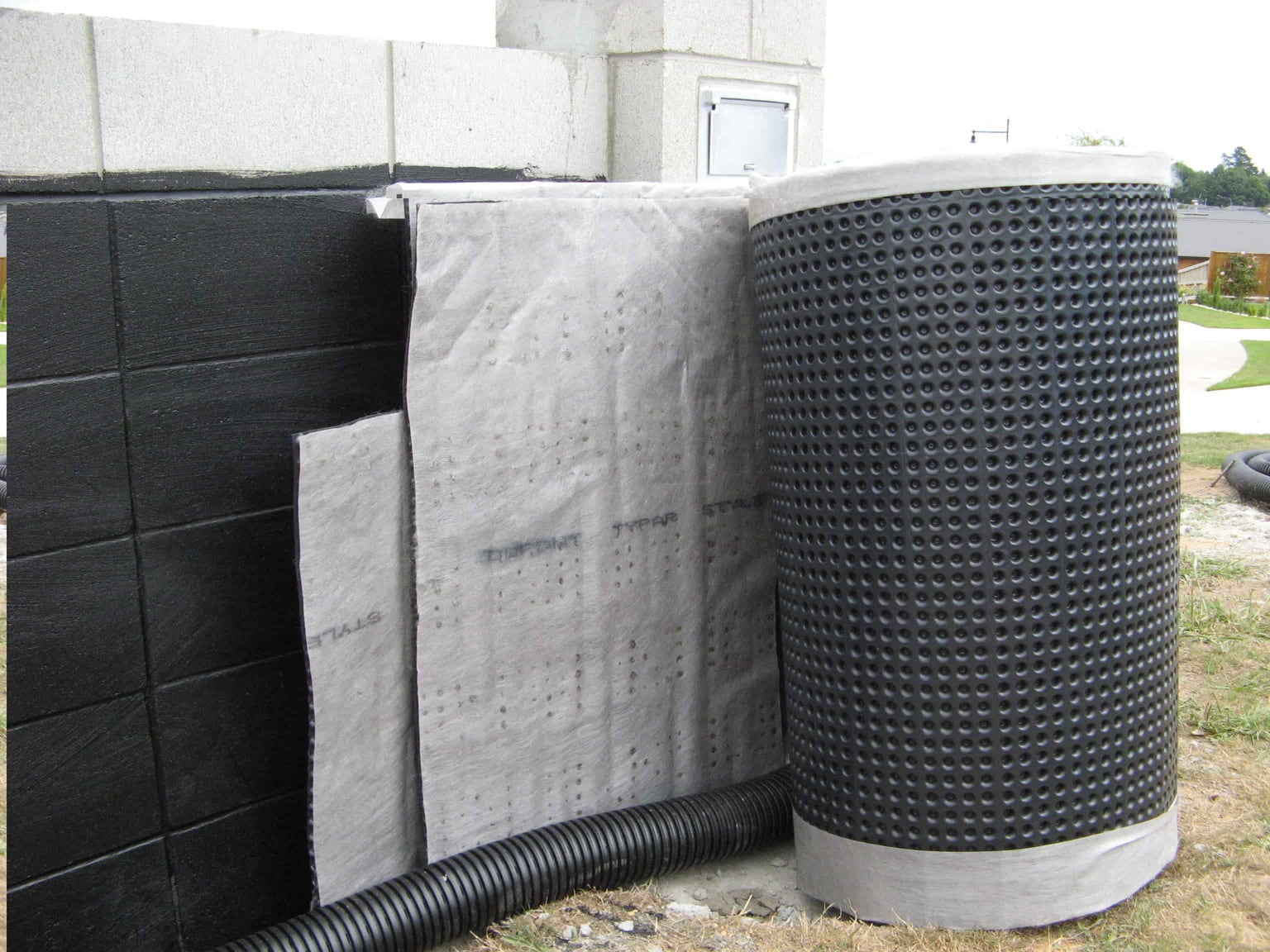Products
Which paver is best for your application?
If you’re about to launch into building a new retaining wall, you may be wondering if there’s an alternative to cutting away so much soil to add drainage aggregate behind the wall. You might even be tight on space, wondering how you’re going to get trucks around the back of the property, or are struggling to find somewhere to store all that metal before you’re ready to go.
Armourflow Drainage Panel offers you a much easier to manage alternative to placing drainage aggregate. You won’t have to cut back so much soil, store aggregate on your property, or worry about separating the aggregate and soil layers with geotextile. With Armourflow, just secure it to the retaining wall or any vertical surface then backfill. It’s that easy!

Armourflow Drainage Panels are an advanced geocomposite drainage board, designed to carry water away from surfaces and direct it toward subsurface drainage. Its dimpled core is made from a highly crush-resistant plastic that collects and filters water seeping through from oversaturated soils. It has a bonded layer of geotextile, which allows water to pass through while preventing soil from clogging up the panel. Though it can be placed horizontally, Armourflow is usually used behind retaining walls or against buildings that are partially embedded beneath soil.

During heavy or consistent rain, soil pressed against a retaining wall or building structure can become overly saturated, creating hydrostatic pressure. The purpose of any drainage material is to drain that excess water away. With Armourflow’s dimpled core design, excess water is drawn from the soil and filtered through the bonded geotextile, removing the threat of accumulation while creating less strain on your retaining wall or building structure. This also makes the surface more stable, as excess water won’t pool on the surface.
Armourflow is also light and easy to use. Instead of cutting away large chunks of soil, lining the area with geotextile and using large machinery to fill the cutback area with drainage aggregate, Armourflow can simply be attached flat against the vertical wall or building. As the geotextile layer is already bonded to the surface, you can then simply backfill the area behind with soil. Armourflow removes the need for heavy machinery as well as the cartage, storage and placement of drainage aggregate.

The most common application for Armourflow is lining the back of retaining walls. These can be small residential walls or larger commercial walls; the principle is the same.
Another use is to line the exterior walls of a building structure that is embedded beneath the ground. This will prevent water from rotting the structure, as well as preventing excess weight from pushing against the building.
If you have an inbuilt swimming pool or spa pool, you can easily line the supporting walls. Or if you’re simply looking to create some steps down a steep bank. By using Armourflow, you won’t have to cart heavy drainage metal down the hill, making construction far easier to manage.
Armourflow can also be used on banks to direct excess water down the slope and into local stormwater drains. This helps with avoiding surface erosion as the upper soil layer doesn’t get too heavy by retaining excess water.

Armourflow comes in 1.1m x 25m rolls. As they’re relatively lightweight, they’re easy to manage on site. Once the retaining structure has been built, simply roll Armourflow along the back of the retaining wall. It can be attached using glue or heavy-duty staples. The geotextile side goes between the panel and the soil. You can just butt each panel against the next on larger walls, there’s no need to overlap. You can use a knife to cut the panels to shape.